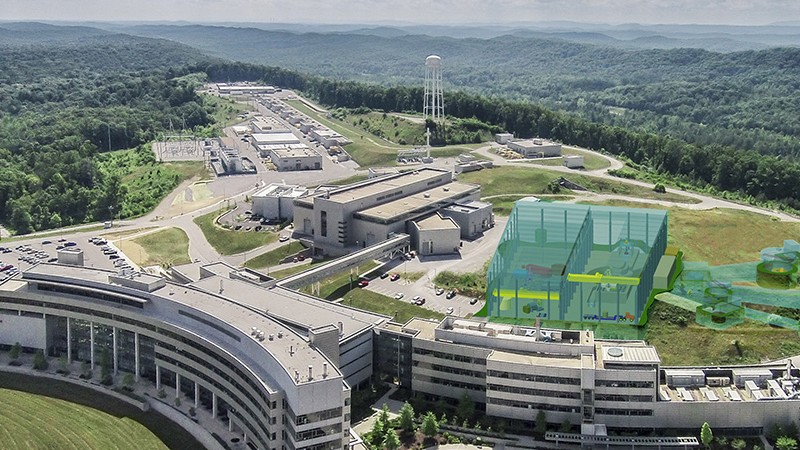More than 200 scientists from around the world assembled October 27 to 29 at the Department of Energy’s Oak Ridge National Laboratory to provide input on the scientific instruments that would be installed at a proposed Second Target Station (STS) at the Spallation Neutron Source (SNS).
The workshop, which was organized by ORNL’s Neutron Sciences Directorate and drew researchers from 56 universities, research institutions and other national laboratories—aimed to define the capabilities needed to ensure the next-generation neutron source meets the biggest science challenges.
The Spallation Neutron Source is a DOE Office of Science User Facility that provides the most intense pulsed neutron beams in the world for scientific research and industrial development.
Neutron scattering is useful to scientists because it is one of the few characterization techniques that reveals where atoms are and how they move, which helps researchers understand the relationships between the structure, dynamics and function of materials, from batteries and superconductors to polymers and enzymes. This understanding allows researchers to form predictive models that inform new material designs.
Discovery and study of future materials will require neutron techniques that do not currently exist and that complement ORNL’s two current neutron sources, the first target station at the SNS, and the High Flux Isotope Reactor. The Department of Energy has charged ORNL with understanding how a strategic investment in a new neutron facility such as the Second Target Station can meet the nation’s future science challenges and fuel major discoveries.
The SNS accelerator and the HFIR reactor produce neutron beams for instruments specially designed to study characteristics of materials. Defining the instruments for the STS was one of the key discussion topics during the ORNL workshop. Scientists used the opportunity to determine what new and innovative instruments would be possible at the new neutron source.
+ View photos from the workshop





